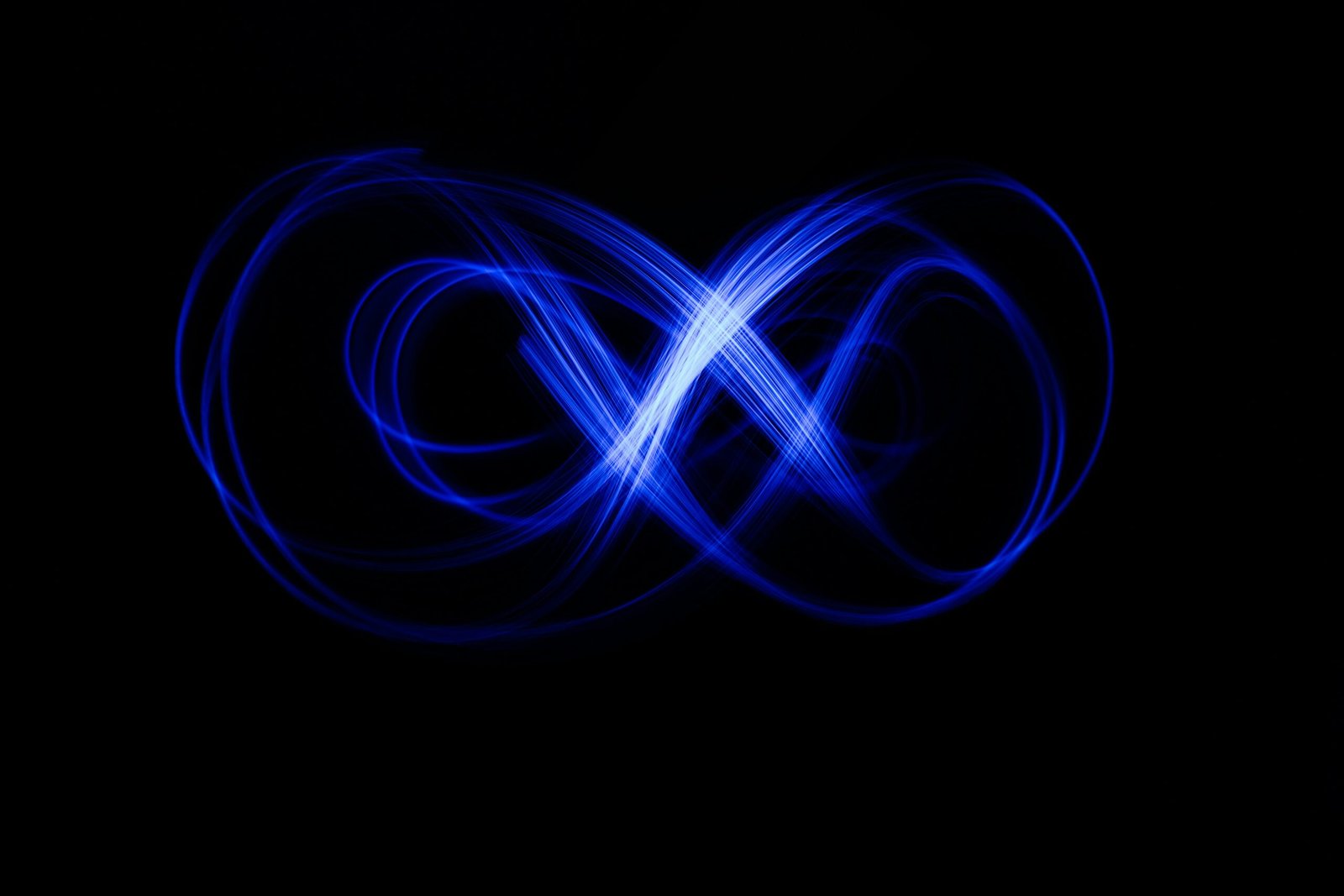
LiFi and 5G: Unlocking the Synergy
Behind this apparent competition for the throne of performance may lie the opportunity for an alliance to reinvent wireless communication.

LiFi and 5G : complementary technologies for the Future of Connectivity
Have you ever wondered about the possible synergies between LiFi, an emerging technology for transmitting data through light, and 5G, the latest generation of standards for mobile telephony? These two technologies, both at the forefront of connectivity, seem to operate on radically different principles. However, behind their apparent differences, lies the potential for a powerful alliance that could redefine wireless communication as we know it.
LiFi: A Revolutionary Internet Connectivity Technology
LiFi, short for Light Fidelity, is a data transmission technology that utilizes light. It represents a groundbreaking approach to internet connectivity. After years of dedicated research and development, LiFi has emerged as a viable solution that promises to revolutionize the way we access and transmit data in various sectors.
What sets LiFi apart is its ability to provide ultra-fast, reliable, and latency-free data throughput, while ensuring absolute data security and zero health risks.
How does LiFi work ?
Unlike traditional wireless technologies, LiFi uses the pulsation of LED light sources to encode and transmit data. These light pulses, imperceptible to the human eye, are then captured and decoded by receiving devices, enabling seamless communication between connected devices.
These unique characteristics position LiFi as the preferred technology for industries, hospitals, aerospace, schools, and government institutions.
5G: key features
5G, the fifth generation of mobile telephony standards, promises significantly faster speeds, reduced latency, and more simultaneous connections per covered area compared to its predecessors. While it marks a turning point in communications technology, 5G deployment also raises some questions and concerns.
Current 5G deployment requires a multiplication of antennas, each consuming ten times more energy than 4G antennas. Additionally, the use of radio waves, like previous wireless technologies, has raised health and network saturation concerns due to the increasing number of connected devices.
LiFi and 5G : unlocking synergies
Contrary to the notion of competition, LiFi and 5G technologies have the potential to complement each other and create a powerful synergy that enhances wireless communication in numerous ways.
LiFi, with its inherent advantages of secure and interference-free data transmission through light, can address some of the challenges faced by 5G networks. By leveraging the vast network of LED light sources and their exceptional switching capabilities, LiFi can provide efficient connectivity in environments where traditional wireless networks face limitations.
The integration of LiFi and 5G technologies can lead to significant advancements in sectors such as healthcare, aviation, industry, and defense. LiFi's ability to offer secure and high-speed wireless connectivity, coupled with the widespread coverage potential of 5G networks, opens up a myriad of possibilities for innovative applications and services.
Looking Ahead: Embracing the Potential of LiFi and 5G
As we move towards a future driven by ever-increasing data demands and connectivity needs, the collaboration between LiFi and 5G is poised to reshape the telecommunications landscape. By harnessing the strengths of both technologies, we can create a seamless and efficient connectivity ecosystem that addresses the limitations of existing wireless networks.
To explore the potential of LiFi and its interaction with 5G in your industry, feel free to contact us!
Recent articles

Categories
See some more...




